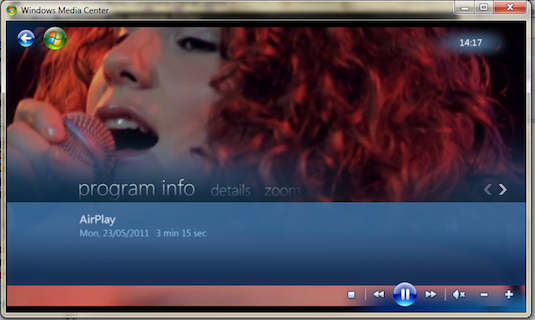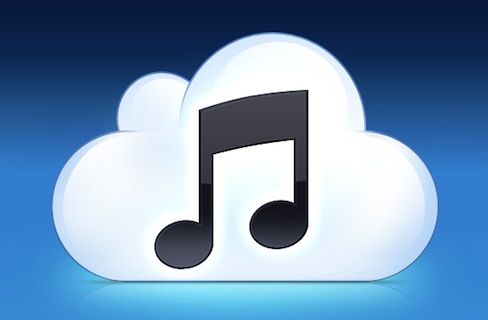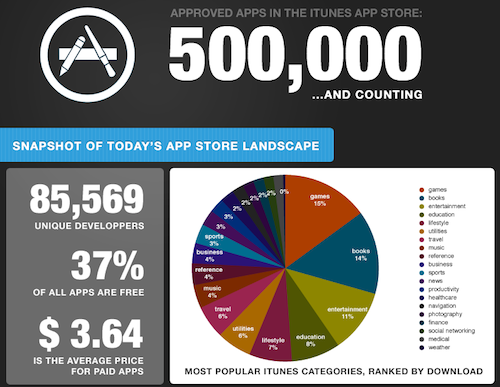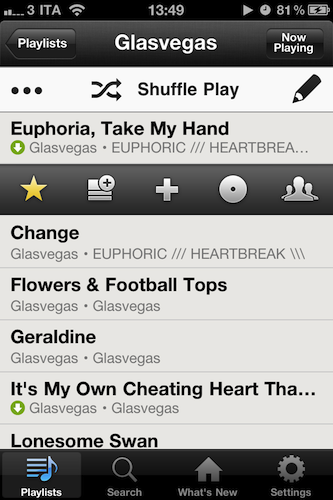[Update]: It looks like GigaOM got the date wrong – reading Apple’s PR from last year where the company confirmed Jobs would be on stage.
We apologize for the error and for not looking into the PR from 2010 ourselves earlier – here’s to hoping Steve Jobs will still be on stage this year as well. [End of update]
GigaOM reports Apple has issued an official statement, confirming that Steve Jobs will be the keynote speaker at WWDC at 10 AM PDT.
Consider the hype machine up and running for WWDC 2011, thanks to an official announcement highlighting Steve Jobs as the keynote speaker on June 7 at 10:00 AM PDT. WWDC 2011 will cover five key technology tracks: Application Frameworks, Internet & Web, Graphics & Media, Developer Tools, and Core OS. However, it’s Steve’s appearance that is the real news.
There have been some concerns lately as to whether Steve Jobs would be able to announce iOS 5 and OS X Lion on stage due to his last medical leave of absence, and the fact that Jobs is presenting on stage is certainly good news for Apple fans. Steve Jobs had skipped the WWDC keynote stage in the past, leaving the presentation to VPs like Schiller and Forstall (example: iPhone 3GS announcement in 2009), thus leading to speculation in the past weeks that, after the iPad 2 event in March where Jobs unveiled the product, the CEO would not attend WWDC to focus on his health. However, it appears Jobs will be there on June 6 to formally introduce the next version of iOS and Mac OS X Lion – though GigaOM is referring to an official statement we can’t find on Apple’s PR or other websites just yet.









